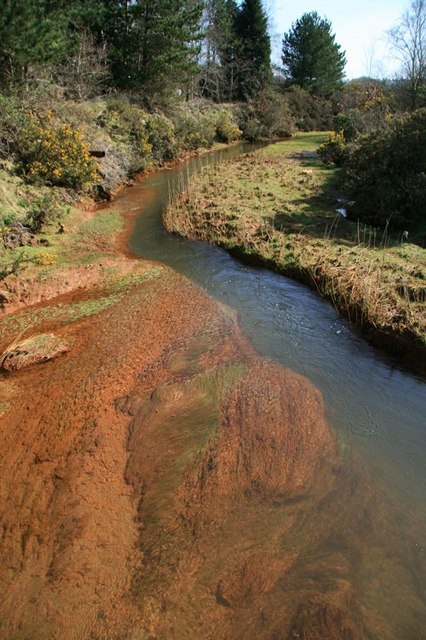
HESHAN China (Reuters) – Xiong Demin could not have foreseen that the mine he worked at for 32 years would leave his home village poisoned and hundreds of residents, including himself and his wife, stricken with cancer.
The 71-year-old retired mechanic and his wife, Wen Jin’e, both suffer from cancer, which they blame on arsenic pollution left by the mining and processing of realgar, also known as “ruby sulphur”, near Heshan village in Hunan province.
“She and I wake up every day just to await death, there is nothing we can do, there is no hope,” said Xiong, as he lifted his shirt to show skin lesions and warts on his belly, back and legs.
Arsenic and inorganic arsenic compounds, often used for herbicides, wood preservatives and in the metallurgical industry, are listed as carcinogenic to humans by the World Health Organization, and can cause cancers of the skin, bladder and lungs.
Mines and chemical plants mushroomed in the realgar-rich area around Heshan from the 1950s until 2011 when they were shut down due to the pollution they caused, but dust and runoff from arsenic plagues Heshan to this day, destroying crops and poisoning people.
In 2010, 157 villagers from Heshan, with a population of about 1,500, had died of cancer caused by arsenic poisoning in the previous two decades, and another 190 had developed cancer due to arsenic poisoning, the villagers wrote in a letter to the local government, seen by Reuters, seeking compensation and aid.
More than 200 people tested positive for arsenic poisoning in a nearby city hospital last year, Wen said.
An official surnamed Tan at Baiyun township government, which administrates Heshan, declined to comment when reached by telephone.

‘PLANTS DIE’
China has many so-called cancer villages, blamed by residents on industrial pollution. While the central government says it is dedicated to protecting the environment, the tax receipts from polluting plants are often a vital source of income for local governments.
Xiong used to maintain machines in the mine, and had an operation in 2012 for skin cancer, which later spread to his lungs. Wen, 65, who used to wash clothes in the polluted river, was treated for skin and cervical cancer in 2011.
Xiong and Wen each got 10,000 yuan ($1,600) from the local government for their cancer, but it was not even enough for one round of chemotherapy and radiotherapy, according to Wen. Cancer treatment had drained their savings.
Their son and two daughters, like most young people in Heshan, have left the village to escape the toxic environment. Unable to afford the inpatient treatment they need, the couple now lives in their mostly empty two-story house built with money made from the mine.
Research in the 1990s showed that arsenic concentration in the mining area near Heshan was up to 15 times the level deemed safe for farm land by Chinese government standards, according to state media.
Rice can not grow because of heavy arsenic concentrations in the water, many other plants often die when rain washes airborne pollutants into the fields, villagers said.
“For the future, we will just hang on for as long as we can, there’s not much money for medicines,” Wen said, “I’ve been buying some sleeping pills.”
“I just don’t want to die too painfully when the end comes.”
 (Reporting by Reuters pictures; Additional reporting and writing by Li Hui and Ben Blanchard; Editing by Robert Birsel)
(Reporting by Reuters pictures; Additional reporting and writing by Li Hui and Ben Blanchard; Editing by Robert Birsel)






